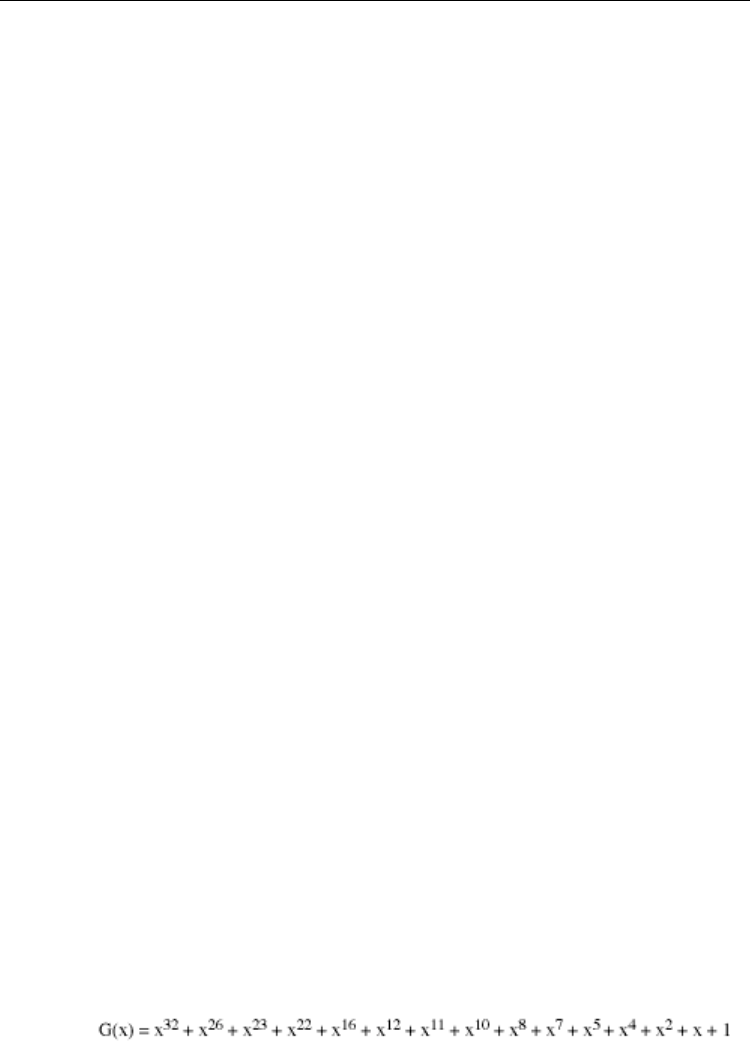
28
- Destination address (DA) — The DA field is used to identify which
network device(s) should receive the packet. It is a unique address.
Please see the section of MAC addressing.
- Source addresses (SA) — The SA field indicates the source node.
The SA is always an individual address and the left-most bit in the SA
field is always 0.
- Length/Type — This field indicates either the number of the data
bytes contained in the data field of the frame, or the Ethernet type of
data. If the value of first two bytes is less than or equal to 1500 in
decimal, the number of bytes in the data field is equal to the
Length/Type value, i.e. this field acts as Length indicator at this
moment. When this field acts as Length, the frame has optional fields
for 802.3/802.2 SNAP encapsulation, 802.3/802.2 encapsulation and
Netware 802.3 RAW encapsulation. Each of them has different fields
following the Length field.
- If the Length/Type value is greater than 1500, it means the
Length/Type acts as Type. Different type value means the frames
with different protocols running over Ethernet being sent or received.
For example,
0x0800 IP datagram
0x0806 ARP
0x0835 RARP
0x8137 IPX datagram
0x86DD IPv6
- Data — Less than or equal to 1500 bytes and greater or equal to 46
bytes. If data is less than 46 bytes, the MAC will automatically extend
the padding bits and have the payload be equal to 46 bytes. The
length of data field must equal the value of the Length field when the
Length/Type acts as Length.
- Frame check sequence (FCS) — This field contains a 32-bit cyclic
redundancy check (CRC) value, and is a check sum computed with
DA, SA, through the end of the data field with the following
polynomial.
- It is created by the sending MAC and recalculated by the receiving
MAC to check if the packet is damaged or not.


















